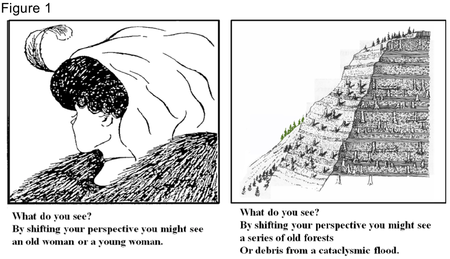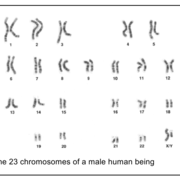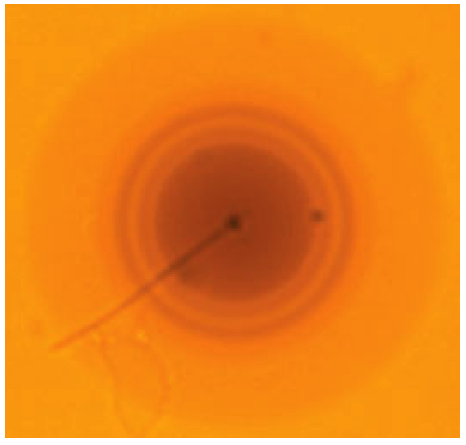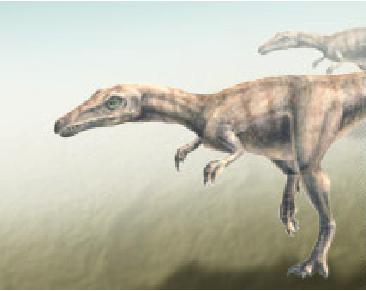In the Beginning - Shang Di?

Figure 1 - Scroll fragment containing Genesis from Dead Sea scrolls

Figure 1 - Scroll fragment containing Genesis from Dead Sea scrolls
What perspective should we have when we investigate one of God's greatest miracles, the creation of all living things?

Figure 1

Chromosomes
With support from the United States National Institutes of Health and the Howard Hughes Medical Institute, scientists from several medical research laboratories in the United States and the Netherlands have recently completed a series of experiments designed to sequence the male-specific region of the Y chromosome (MSY) in the chimpanzee. 1 In their words, they achieved for the first time “levels of accuracy and completion previously reached for the human MSY.” They also compared the MSYs of humans and chimpanzees and found that “they differ radically

Dem bones, dem bones, dem dry bones!
Scientists Travel U.S. Highway 441 Between Cherokee, NC and Gatlinburg,
TN to Test Hydrothermal Fluid Transport Model
for Polonium Radiohalo Formation

As a toxicologist working for the United States Environmental Protection Agency, I have become increasingly aware that the biggest environmental concern of the general populous has little to do with the chemicals and air pollutants that I study so intently every day. Not one of my neighbors, friends, or relatives has ever asked me how this chemical or that chemical affects their health. Instead, the question I’m most often asked, by a large margin, is “what do you think about global warming?” To be honest, I doubt they really care about what I think.
"Scientists: Fossils prove that birds evolved from dinosaurs" was the headline of a 1998 article in CNN News (June 24, 1998). Referring to two dinosaur fossil finds, one of which is depicted below, paleontologist Philip Currie pronounced that "[t]his shows that dinosaurs are not extinct, but are well-represented by 10,000 species of birds."

Figure 1 - Artist drawing of Juravenator, a 2 1/2 feet long juvenile carnivorous dinosaur
Zugzwang (German for “compulsion to move,” pronounced [ˈtsuːktsvaŋ]) is a situation found in chess and other games wherein one player is put at a disadvantage because they must make a move when they would prefer to pass and not to move. The fact that the player is compelled to move means that his position will become significantly weaker. A player is said to be “in zugzwang” when any possible move will worsen his position 1 (see Figure 1, for example).
As many Christians interested in the science of creation know, Dr. Mary Schweitzer is the paleontologist who published a 2005 article in Science magazine, “Soft-tissue vessels and cellular preservation in Tyrannosaurus rex,“ 1